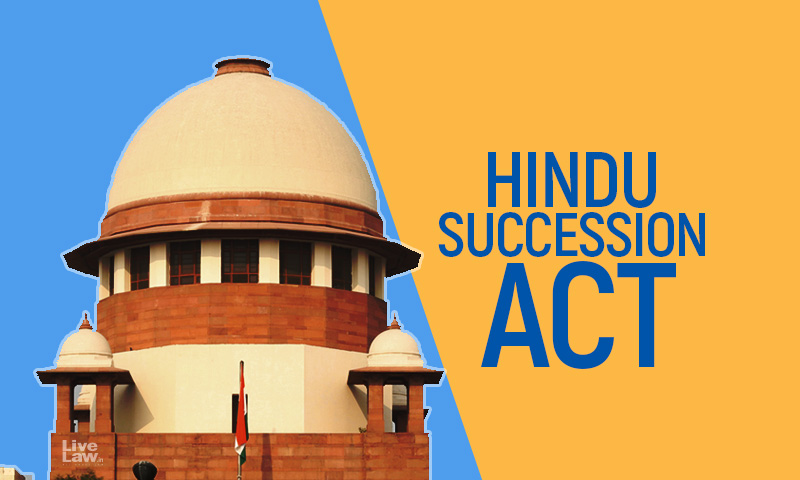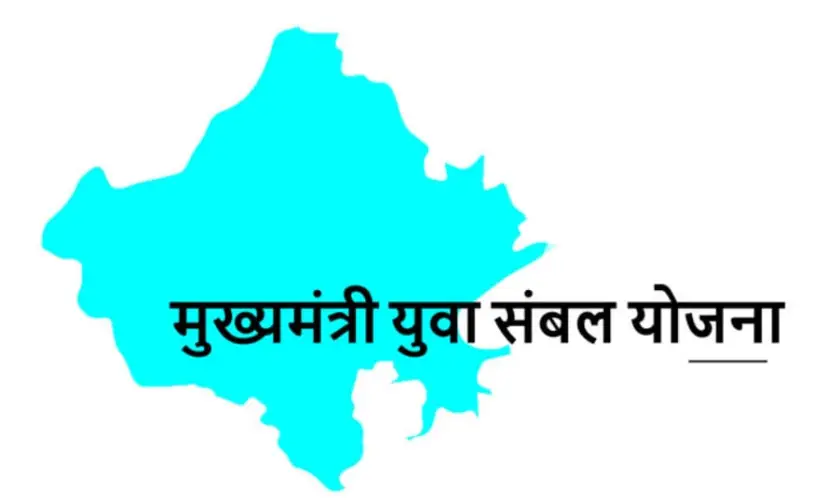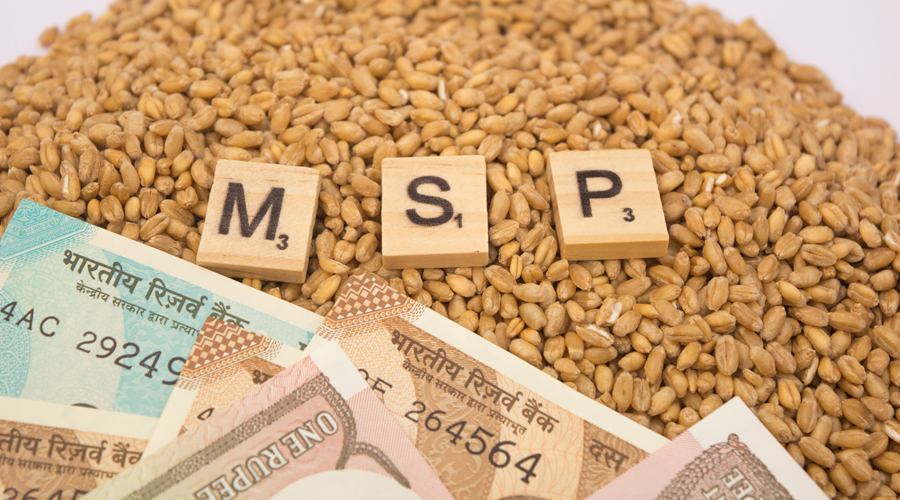Minimum Support Price (MSP) is the assured price at which foodgrains are procured from farmers by the central and state governments and their agencies, for the central pool of foodgrains. The central pool is used for providing foodgrains under the Public Distribution System (PDS) and other welfare schemes, and also kept as reserve in the form of buffer stock. However, in the past few months, there have been demands to extend MSP to private trade as well and guarantee MSP to farmers on all kinds of trade. This blogpost looks at the state of public procurement of foodgrains in India and the provision of MSP. Historical perspective of MSP The Price Support Policy of the Government is directed at providing insurance to agricultural producers against any sharp fall in farm prices. The minimum guaranteed prices are fixed to set a floor below which market prices cannot fall. Till the mid 1970s, Government announced two types of administered prices : Minimum Support Prices (MSP) Procurement Prices The MSPs served as the floor prices and were fixed by the Government in the nature of a long-term guarantee for investment decisions of producers, with the assurance that prices of their commodities would not be allowed to fall below the level fixed by the Government, even in the case of a bumper crop. Procurement prices were the prices of kharif and rabi cereals at which the grain was to be domestically procured by public agencies (like the FCI) for release through PDS. It was announced soon after harvest began. Normally procurement price was lower than the open market price and higher than the MSP. This policy of two official prices being announced continued with some variation upto 1973-74, in the case of paddy. In the case of wheat it was discontinued in 1969 and then revived in 1974-75 for one year only. Since there were too many demands for stepping up the MSP, in 1975-76, the present system was evolved in which only one set of prices was announced for paddy (and other kharif crops) and wheat being procured for buffer stock operations. Is MSP applicable for all crops? The central government notifies MSP for 23 crops every year before the Kharif and Rabi seasons based on the recommendations of the Commission for Agricultural Costs and Prices, an attached office of the Ministry of Agriculture and Farmers’ Welfare. These crops include foodgrains such as cereals, coarse grains, and pulses. However, public procurement is largely limited to a few foodgrains such as paddy (rice), wheat, and, to a limited extent, pulses Since rice and wheat are the primary foodgrains distributed under PDS and stored for food security, their procurement level is considerably high. However, the National Food Security Act, 2013 requires the central and state governments to progressively undertake necessary reforms in PDS. One of the reforms requires them to diversify the commodities distributed under PDS over a period of time. How does procurement vary across states? The procurement of foodgrains is largely concentrated in a few states. Three states (Madhya Pradesh, Punjab, and Haryana) producing 46% of the wheat in the country account for 85% of its procurement . For rice, six states (Punjab, Telangana, Andhra Pradesh, Chhattisgarh, Odisha, and Haryana) with 40% of the production have 74% share in procurement . The National Food Security Act, 2013 requires the central, state, and local governments to strive to progressively realise certain objectives for advancing food and nutritional security. One of these objectives involves geographical diversification of the procurement operations. Is MSP mandatory for private trade as well in some states? MSP is not mandatory for purchase of foodgrains by private traders or companies. It acts as a reference price at which the government and its agencies procure certain foodgrains from farmers. In September 2020, the central government enacted a new farm law which allows anyone with a PAN card to buy farmers’ produce in the ‘trade area’ outside the markets notified or run by the state Agricultural Produce Marketing Committees (APMCs). Buyers do not need to get a license from the state government or APMC, or pay any tax to them for such purchase in the ‘trade area’. These changes in regulations raised concerns regarding the kind of protections available to farmers in the ‘trade area’ outside APMC markets, particularly in terms of the price discovery and payment. In October 2020, Punjab passed a Bill in response to the central farm law to prohibit purchase of paddy and wheat below MSP. Any person or company compelling or pressurising farmers to sell below MSP will be punished with a minimum of three-year imprisonment and a fine. Note that 72% of the wheat and 92% of the rice produced in Punjab was purchased under public procurement in 2019-20. Similarly, in November 2020, Rajasthan passed a Bill to declare those contract farming agreements as invalid where the purchase is done below MSP. Any person or company compelling or pressurising farmers to enter into such an invalid contract will be punished with 3 to 7 years of imprisonment, or a fine of minimum five lakh rupees, or both. Both these Bills have not been enacted yet as they are awaiting the Governors’ assent. How has MSP affected the cropping pattern? According to the central government’s procurement policy, the objective of public procurement is to ensure that farmers get remunerative prices for their produce and do not have to resort to distress sale. If farmers get a better price in comparison to MSP, they are free to sell their produce in the open market. The Economic Survey 2019-20 observed that the regular increase in MSP is seen by farmers as a signal to opt for crops which have an assured procurement system (for example, rice and wheat). The Economic Survey also noted that this indicates market prices do not offer remunerative options for farmers, and MSP has, in effect, become the maximum price that the farmers are able to realise. Thus, MSP incentivises farmers to grow crops which are procured by the government. As wheat





